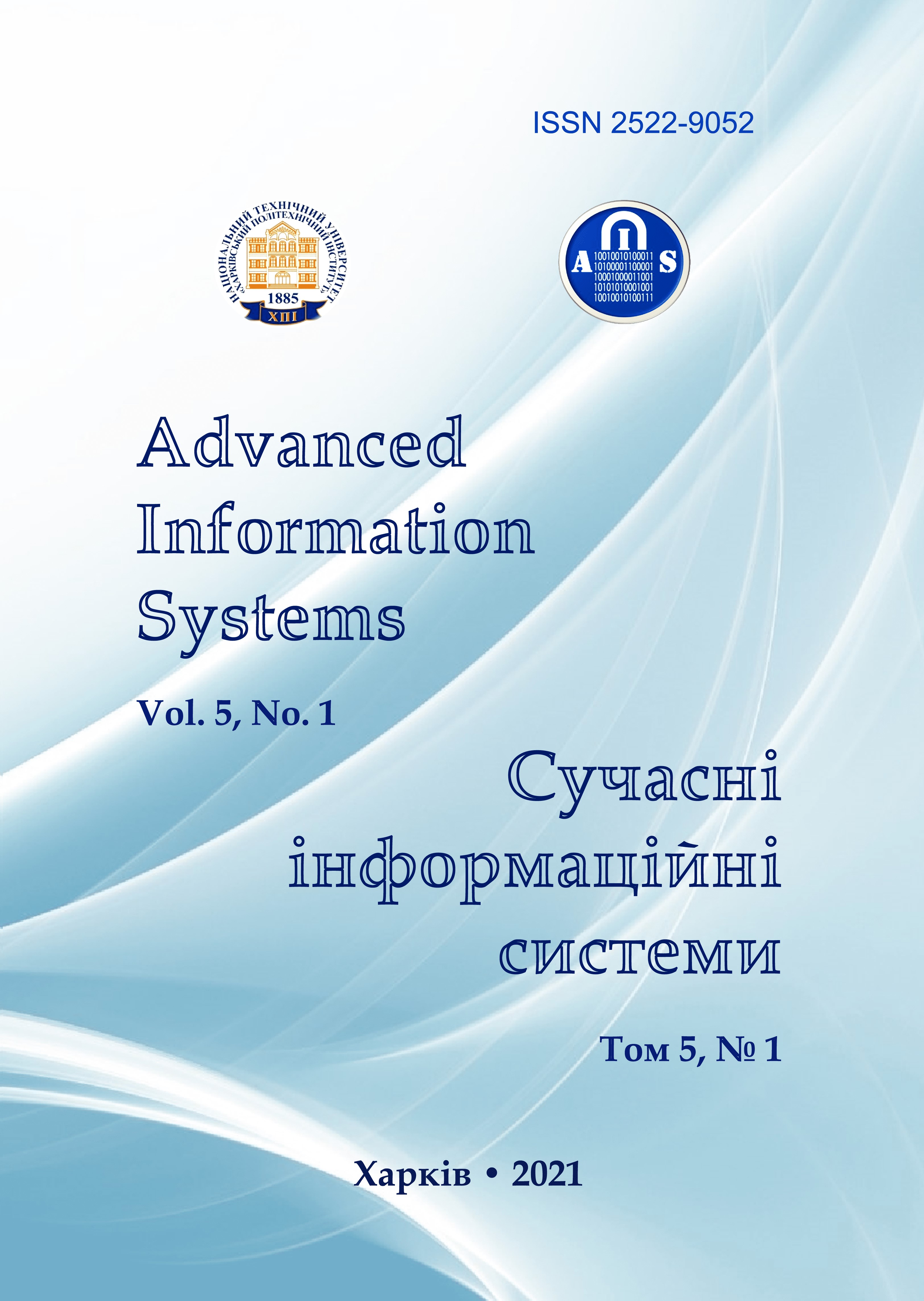SELECTION OF THE OPTIMUM ROUTE IN AN EXTENDED TRANSPORTATION NETWORK UNDER UNCERTAINTY
Main Article Content
Abstract
Relevance. For a given values set of extensive transport network sections lengths an exact method has been developed for finding optimal routes. The method provides an approximate solution when the initial data - are random variables with known distribution laws, as well as if these data are not clearly specified. Fora special case with a normal distribution of the numerical characteristics of the network, solution is brought to the final results. Method. An exact method of deterministic routing is proposed, which gives an approximate solution in case of random initial data. The method is extended to the case when the initial data are described in theory of fuzzy sets terms. The problem of stability assessing of solutions to problems of control the theory under conditions of uncertainty of initial data is considered. Results. A method of optimal routes finding is proposed when the initial data are deterministic or random variables with known distribution densities. A particular case of a probabilistic - theoretical description of the initial data is considered when can be obtained a simple solution of problem. Proposed method for obtaining an approximate solution in the general case for arbitrary distribution densities of random initial data. The situation is common when the initial data are not clearly defined. A simple computational procedure proposed for obtaining a solution. A method for stability assessing of solutions to control problems adopted under conditions of uncertainty in the initial data, is considered.
Article Details
References
Yudin, D.B. and Golshtein, E.G. (1969), Issue of linear programming transport type, Nauka, Moscow, 384 p.
Sira, O.V. (2010), Multidimensional models of logistics in conditions of uncertainty, FOP Stetsenko I.I., Kharkiv, 512 p.
Raskin, L.G. and Kirichenko I.O. (1982), “Multi-index problems of linear programming”, Radio and communication, Moscow, 240 p.
Raskin, L.G. (1976), Analysis of complex systems and control theory elements, Sov. radio, Moscow, 344 p.
Raskin, L.G. and Sira O.V. (2008), Fuzzy mathematics, Parus, Kharkiv, 352 p.
Zadeh, L.A. (1965), “Fuzzy sets”, Information and Control, Vol. 8, pp. 338–353.
Dubois, D. and Prade, A. (1990), “Theory of possibilities. Application to the representation of knowledge in computer science”, Radio and communication, Moscow, .286 p.
Kofman, A. (1982), “Introduction to the theory of fuzzy sets”, Radio and communication, Moscow, 486 p.
Liu, B. and Zhao, R. (1995), Stochastic Programming and Fuzzy Programming, Tsinghua University Press, 312 p.
Raskin, L.G. (1988), Mathematical methods for the study of operations and analysis of complex air defense weapons systems, VIRTA, Kharkiv, 177 p.
Kachanov, N.A. (2000), Optimal control of the state of dynamic systems under uncertainty, Techno-Art, Kharkiv, 209 p.
Kushner, G.J. (1969), Stochastic stability and control, Mir, Moscow, 201p.
Zubarev, V.V., Kovtunenko, A.P. and Raskin, L.G. (2005), Mathematical methods for assessing and predicting technical indicators of the operational properties of radio engineering systems, NAU, Kyiv, 184 p.
Bodyansky, E.V. and Boryachok, M.D. (1993), Optimal control of stochastic objects under uncertainty, ISDO, Kyiv, 162 p.
Letov A.M. (1981), Mathematical theory of control process, Nauka, Moscow, 256 p.
Pawlak, Z. (1982), Rough sets: International Journal of Information and Computer Sciences, Vol.11, No.5, pp. 341–356.
Pawlak, Z. (1991), Rough Sets: Theoretical Aspects of Reasoning about Data, Kluwer Academic Publisher, Dordrecht, 284 p
Slowinski, R. and Vanderpooten, D. (2000), “A generalized definition of rough approximations based on similarity”, IEEE Transactions on Knowledge and data Engineering, Vol. 12, No. 2, pp. 331–336, DOI: https://doi.org/10.1109/69.842271.
Alefeld, G. and Herzberger, J. (1983), Introduction to Interval Computations, Academic Press, New York, 352 p.
Raskin, Lev and Sira Oksana (2016), “Fuzzy models of rough mathematics”, Eastern-European Journal of Enterprise Technologies, Vol. 6, Issue 4, pp. 53-60, DOI: https://doi.org/10.15587 / 1729-4061.2016.86739.
